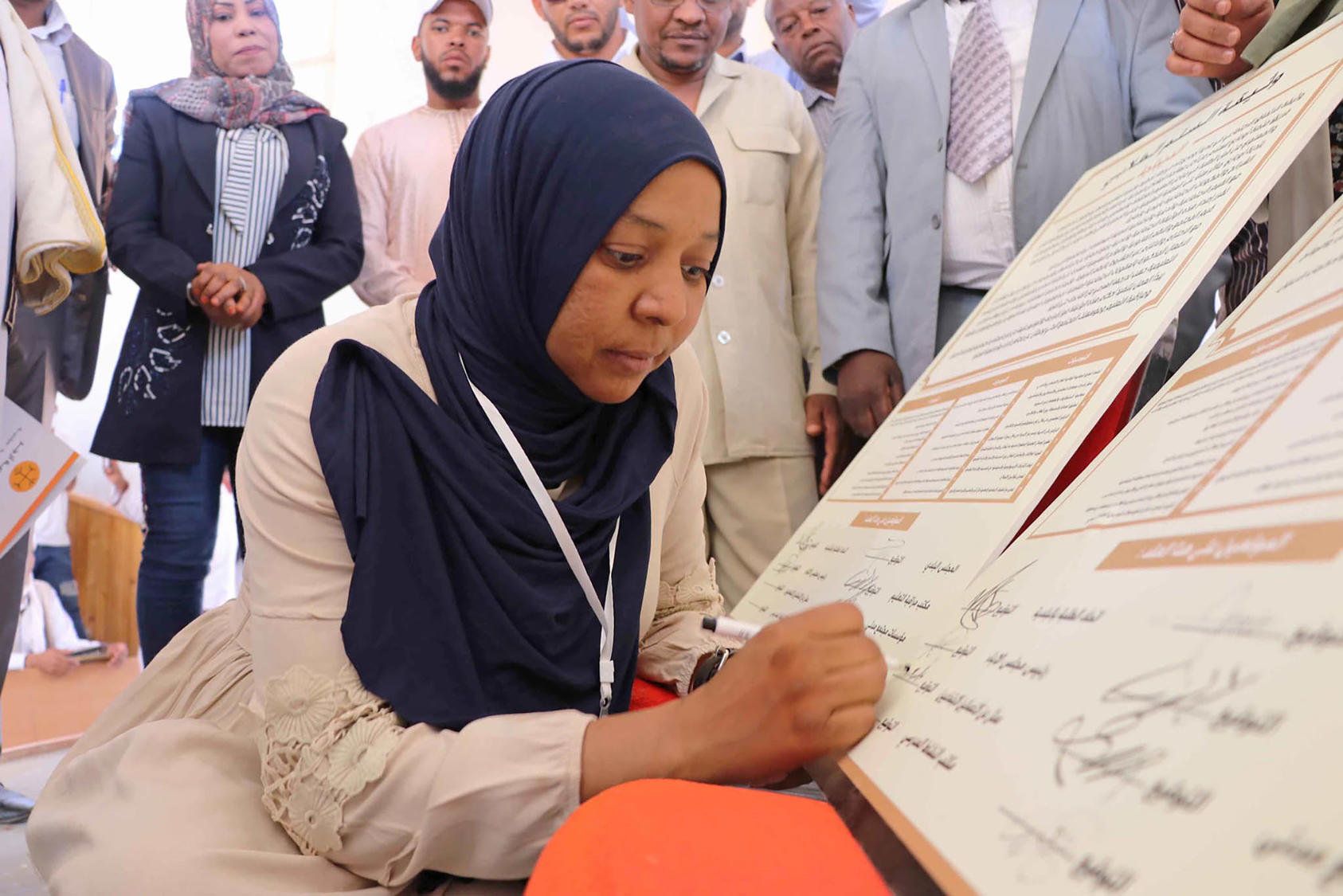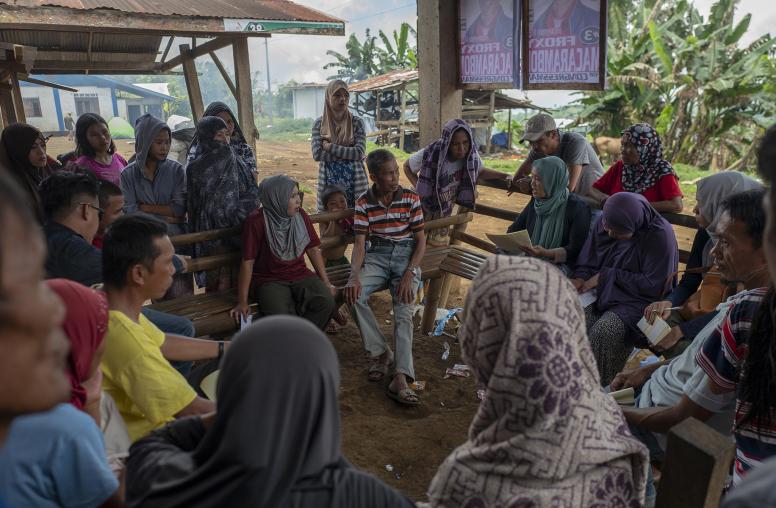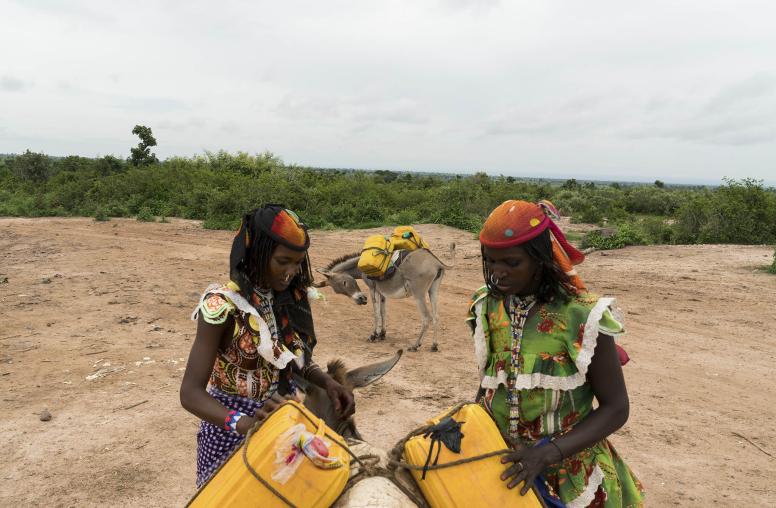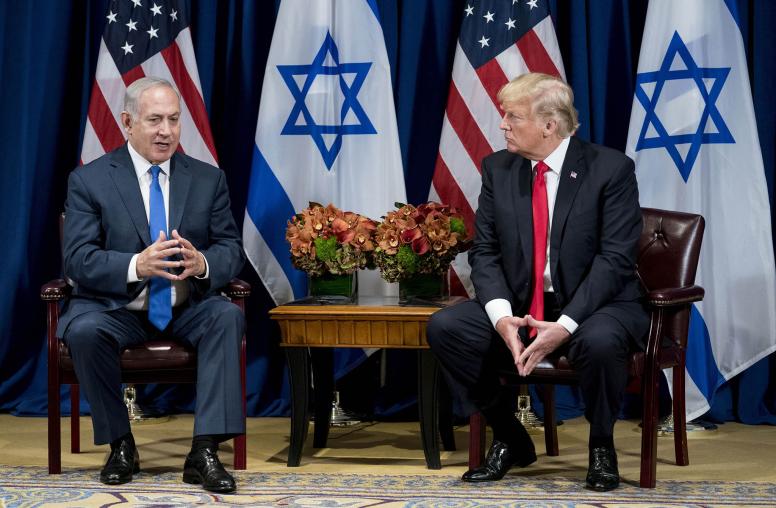Peacebuilding Needs Local Partners — But How Do You Define ‘Local’?
Without a shared understanding of local engagement, the peacebuilding field risks repeating past mistakes.
The Global Fragility Act (GFA) marked the launch of a new U.S. government approach to conflict prevention and stabilization abroad. Notably, this new approach includes a commitment to locally-driven solutions — a reflection of the peacebuilding community’s growing emphasis on the local dimensions of peace and conflict.

The April announcement of the GFA’s priority countries has kicked-off a flurry of consultations and strategic planning to operationalize this goal. While these efforts are a step in the right direction, they currently lack a definition for what "local" means in the peacebuilding context. Without it, policymakers and practitioners will face immense challenges in designing effective localized policy and programs, raising the risk that current efforts will repeat the previous shortcomings of state-centric peacebuilding.
A ‘Local Turn’ for Peacebuilding
In recent years, the peacebuilding field has taken what is often referred to as a “local turn.” This shift toward prioritizing local-level conflict dynamics comes in response to the shortcomings of more traditional peacebuilding methods.
Historically, peacebuilders have employed a state-centric or top-down approach to resolve conflict and create stability. In this model, an international partner typically works with the government of a conflict-affected country to create peace through national-level mechanisms, such as elections or a negotiated power-sharing agreement. These types of interventions can strengthen democracies and help create pathways out of political conflict.
However, this approach can often overlook the local dimensions of a conflict, where violence may be driven by actors and motivations that are distinct from those found at the national level. And when local dimensions are excluded, they can subtly derail efforts to establish peace and stability — or develop into a more serious problem.
By shifting attention and resources to the local level, policymakers and practitioners hope to address this flaw in top-down peacebuilding. There’s already been progress made toward mainstreaming this idea, but there is still work to be done.
Right now, “local” is often treated as the missing piece in the top-down model — by adding it, you can neatly complete and legitimize the work as a whole. But without a proper, shared understanding of what “local” means in the context of peacebuilding work, this perspective risks reproducing the original problems of the top-down model, just with a slightly larger group of people. To truly address the gaps in the state-centric approach, the peacebuilding field will need to build a consensus on what “local” means and critically evaluate the most effective ways to address the local dimensions of conflict.
Competing Definitions of Local: Place vs. Perspectives
As it stands, there’s not much consensus in the peacebuilding field on what “local” actually means.
In our research, there tend to be two distinct groups. The first group understands “local” to mean spatial — a physical place that is sub-national, regional or community-sited as opposed to national. For them, building local peace means relocating from the capital to the places where the conflict had occurred and engaging there.
The advantage of this approach is that it helps us to see how “national” conflicts are rarely monolithic, and vary in their causes, drivers and consequences from community to community. These differences can determine whether or not a particular peacebuilding initiative succeeds or backfires — and knowing where to look is an important first step. Unfortunately, however, this approach on its own does little to tell us which “local” social spaces and actors are the most important to engage with to better understand or address local conflict drivers, or how precisely to best partner with or empower them.
By contrast, the second group starts with the claim that “local peacebuilding” is by definition about a specific set of social spaces and actors. Drawing on research on “everyday peace,” this perspective argues that what makes local peacebuilding unique is a commitment to working from the bottom-up, centering and empowering “authentic” grassroots voices in communities and letting them, rather than international donors or program staff, define what peace means.
The challenge here is that by starting with a value judgement about who the most important and legitimate peace actors are, this approach can paper over who can speak for or represent particular groups or communities, as well as draw attention away from larger or more distant actors and forces that impact the possibility of peace.
Regardless of whether we define “local” as a place, perspective or a combination of the two, the actors that we look to engage at the local level are inevitably embedded in networks that extend beyond their own communities. They are connected to conflict and peace actors at the regional, national and even international level, which shapes their goals and interests.
So rather than seeing “local peace” as something easily separated — whether physically or organizationally — from efforts to address conflict drivers at other levels, donors and practitioners will be most effective when they see the local as a place where individuals and communities have their own complicated goals and interests, but often lack the access, resources or sense of efficacy to build and protect peace where they live.
Local Peacebuilding is an Ongoing Commitment
What does this mean for policymakers and practitioners? While the “local turn” in peacebuilding is a welcome change from previous top-down, one-size-fits-all approaches, it’s also not a panacea, or a magical solution to thorny conflicts.
Nor is engaging with “the local” a theory of change in its own right, or a guarantee of finding legitimate, capable representatives of community needs. The pivot to local peacebuilding requires the same kind of careful conflict analysis and commitment to monitoring and assessment that any development project would — including moving beyond counting the activity and attendance of local stakeholders and participants as a useful proxy for deeper empowerment and engagement.
Practitioners should also keep in mind that effective peacebuilding at the local level will likely create winners and losers, or at least some community members who feel that the process did not lead to their preferred result. Even local contexts are diverse and populated by people with their own complicated interests and connections to other levels within the conflict ecosystem. And there are hardly ever representatives who can speak on behalf of an entire community or guarantee that a program or intervention will make everyone happy.
Taking a page from the work of “everyday peace” theorists, we observe that effective local peacebuilding is not a guarantee that everyone tolerates or even respects each other. But it does require working towards ensuring communities have the resources and skills they need to mitigate potential sources of renewed conflict in daily community life.
Brandon Kendhammer is an associate professor at Ohio University and a senior research advisor at the RESOLVE Network.



